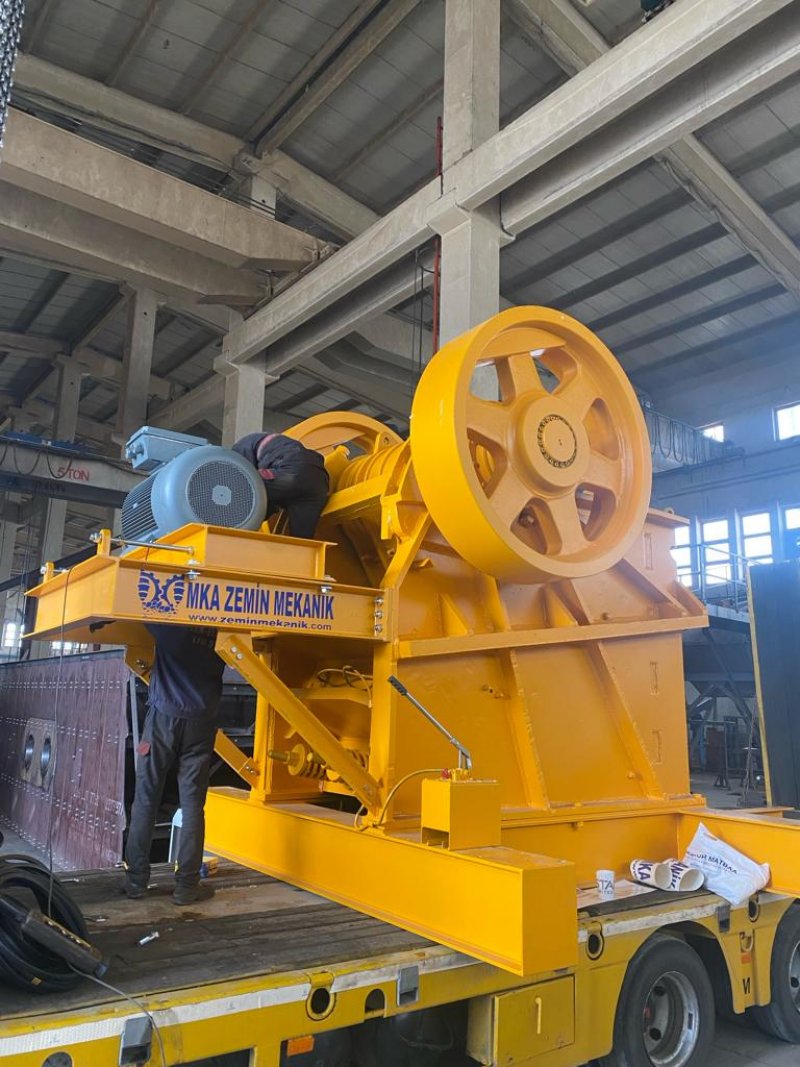
How a Jaw Crusher Works
A jaw crusher, also known as a toggle crusher, is a machine designed to break large rocks into smaller pieces. It consists of two main components: a fixed jaw and a movable jaw. The two jaws create a V-shaped cavity called the crushing chamber, where the rocks are dropped and processed.
1. Crushing Process:
Feed Hopper: Rocks are initially fed into the crusher through a vibrating grizzly feeder or another type of feeder device.
Fixed Jaw: One of the jaws is fixed in a stationary position, forming an immovable surface against which the rocks are crushed.
Movable Jaw: The other jaw is movable and swings back and forth, creating a compressive force against the fixed jaw.
2. Working Mechanism:
As the movable jaw moves, it approaches and leaves the fixed jaw periodically. This movement creates a squeezing, grinding, and crushing action on the rocks within the crushing chamber.
The crushed material drops through the discharge opening at the bottom of the crusher, ready for further processing.
3. Eccentric Shaft and Toggle Plate:
The movement of the movable jaw is driven by an eccentric shaft that is powered by a motor. This shaft rotates, causing the movable jaw to move up and down.
A toggle plate connects the bottom of the movable jaw to the rest of the crusher and helps control the movement of the jaw. It acts as a safety mechanism, preventing damage in case of an uncrushable material entering the chamber.
4. Adjustment and Control:
Jaw crushers often have an adjustable setting to control the size of the crushed material. This setting can be changed to accommodate different sizes of rocks or to achieve a specific product size.
Hydraulic systems are commonly used to adjust the gap between the fixed and movable jaws, providing efficient control over the size of the crushed material.
5. Applications:
Jaw crushers are widely used in various industries, including mining, construction, and recycling, for crushing different types of materials, such as hard rocks, ores, and concrete.
In conclusion, the functioning of a jaw crusher involves the dynamic interplay of its components to efficiently break down large rocks into smaller, manageable pieces. This versatile machine plays a crucial role in various industrial processes by facilitating the preparation of materials for further use.